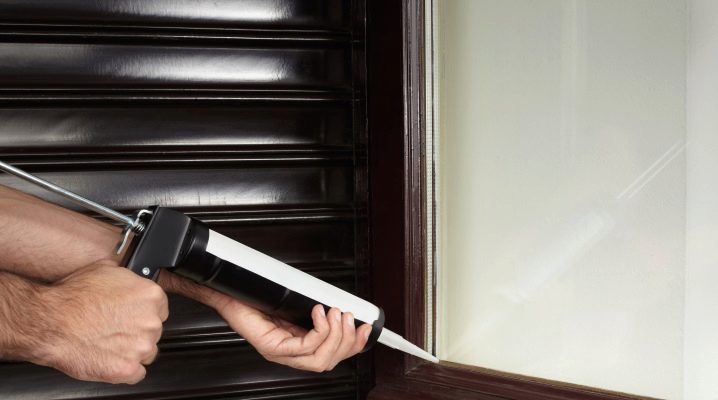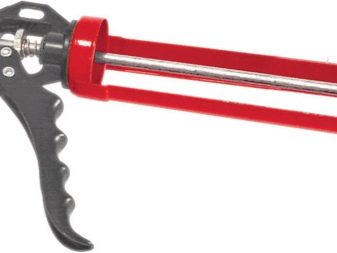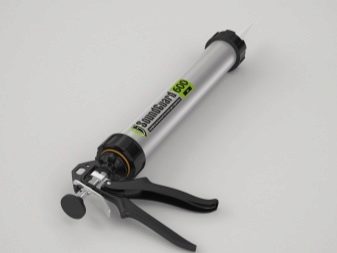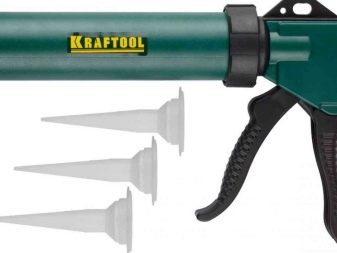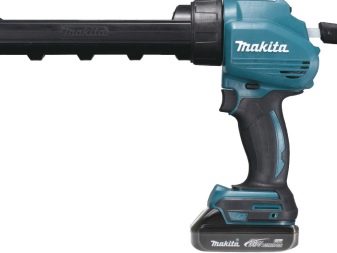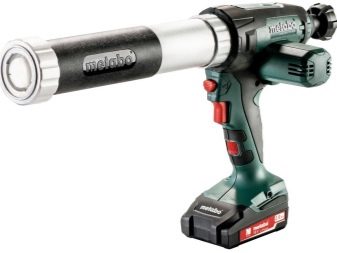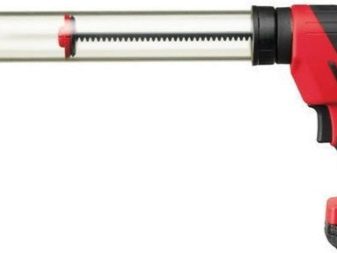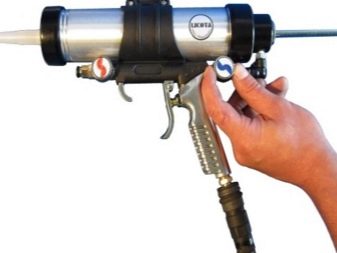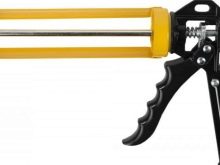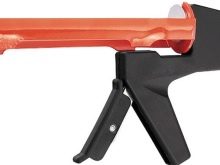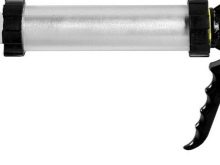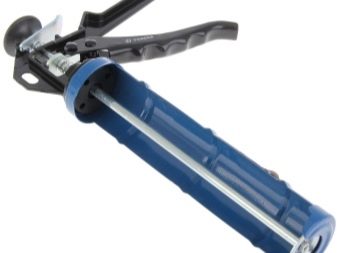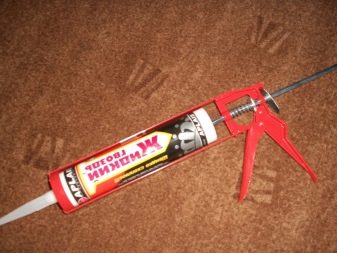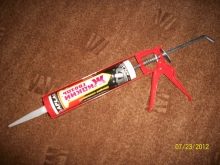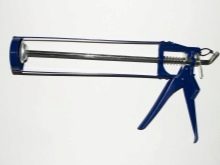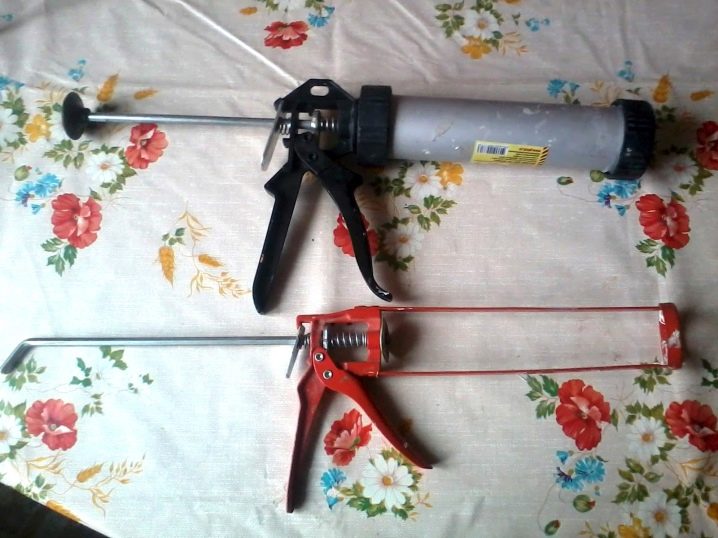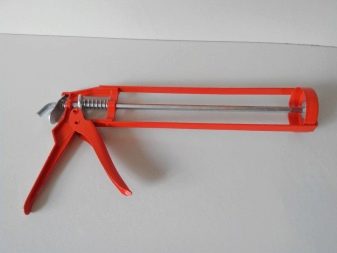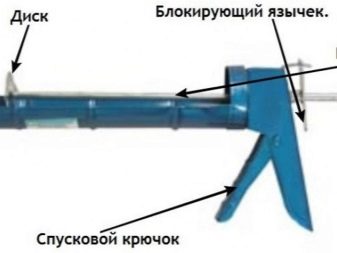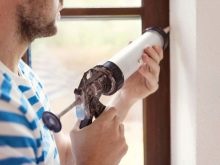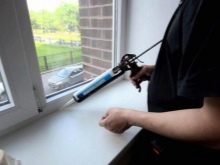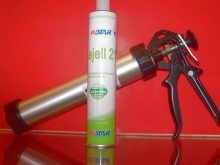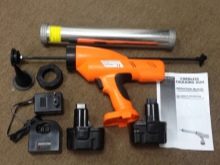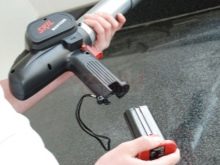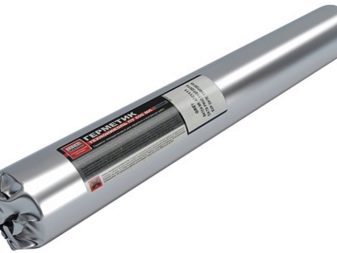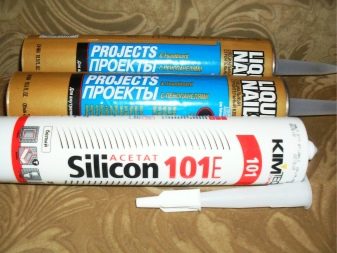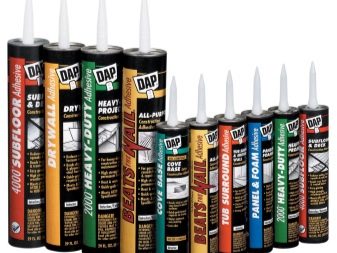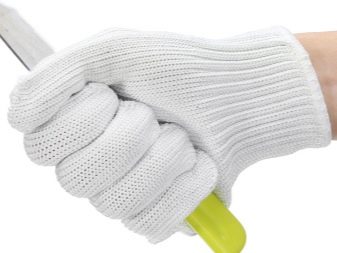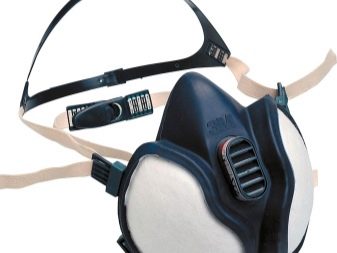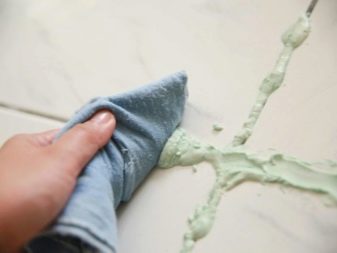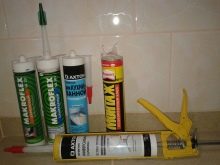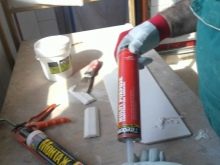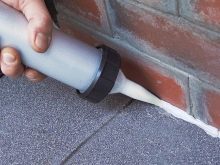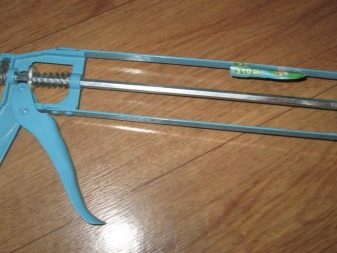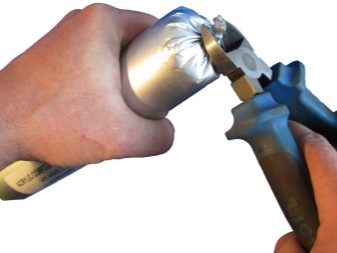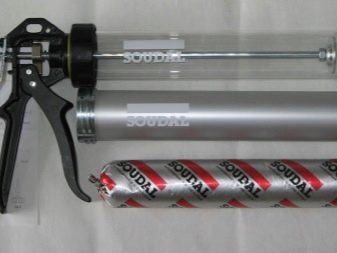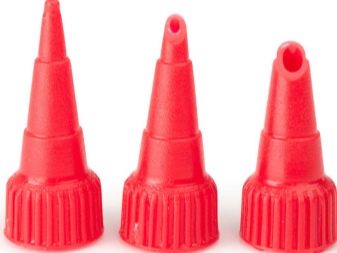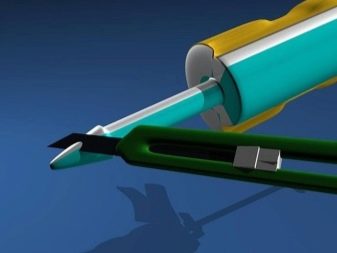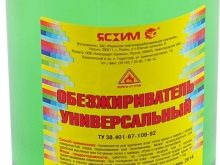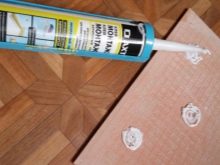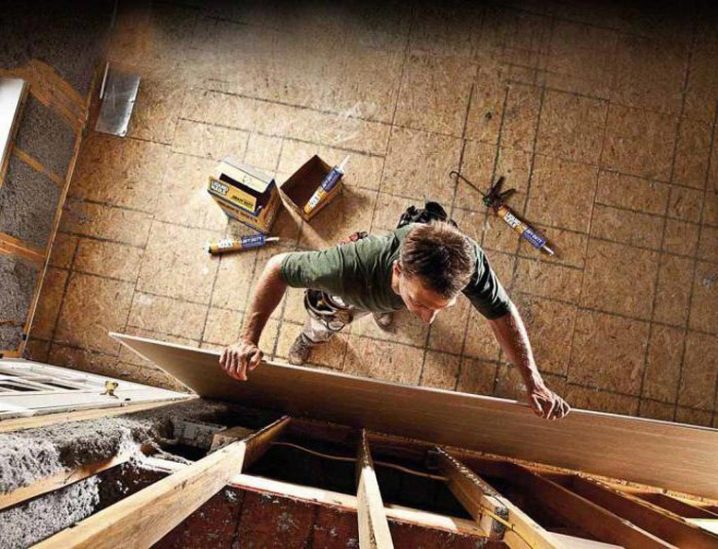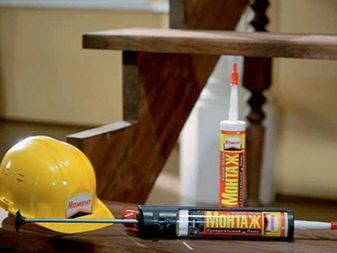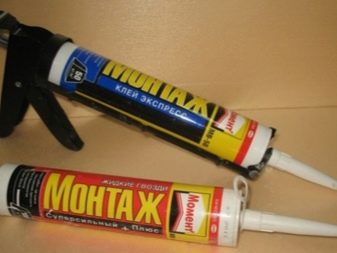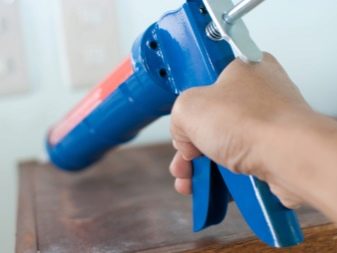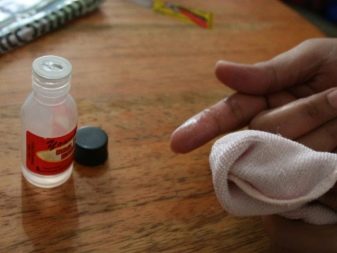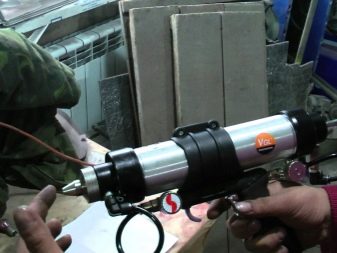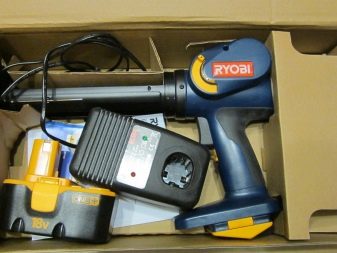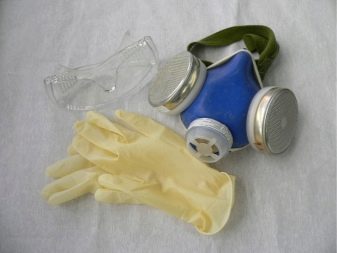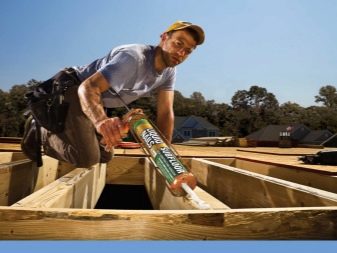Choosing a gun for liquid nails
"Liquid Nails" (Liquid Nails) - construction adhesive, which is suitable for connecting all sorts of things by gluing. It is so called because when it is used, parts and surfaces are very firmly glued to each other, as if nails are connected. "Liquid nails" are a mixture of polymers and rubber. They are supplied to the market in the form of tubes of various capacities from 200 to 900 ml. For ease of application and uniform dosing, experts recommend using a construction pistol. How to choose it correctly, and what to look for, will be discussed in the article.
Main types
Guns for "liquid nails" are 2 types:
- for professional use, for example, for 2-component composition;
- for domestic use (mechanical version).
The first are divided into:
- rechargeable;
- electrical;
- based on pneumatics.
Rechargeable devices are good for their autonomy. They function with a Li-Ion battery. Thanks to the handle, the output of the adhesive is provided, and its speed can also be adjusted - the harder you press, the more glue comes out. The only negative is that you often need to charge the battery or change batteries.
Electric gun It differs from the wireless analogue only in the absence of a battery. The rest of the functionality is the same. Apply them an adhesive substance is obtained quickly and economically. Usually such devices are used by specialists. There is a lot of such a unit, so for use in the home, when there is no large scope of work, the purchase is inappropriate. Insert the composition into the gun is also quite difficult.
When you press the trigger under the pressure of the air, the adhesive emerges from the pneumatic gun. Such units are very ergonomic, are equipped with locks and controllers, so the output can be a flat strip of glue of the required width.His [gun] can be attached to almost any cartridge. Use this tool mainly in construction.
Therefore, for a small amount of installation work is used more often. mechanical guns, which are of 3 types:
- half open;
- skeletal;
- tubular (in the form of a syringe) tool.
The first variety is the most budget of all. However, there are disadvantages: the fragility and inconvenience of use. Enough mechanism for only 2-3 cylinder. The support for the tube is not large enough, therefore in operation it [tube] is often shifted relative to its position, and this prevents the rod from smoothly moving.
But experienced craftsmen have found a solution to this problem - the container needs to be fixed in the tool case with adhesive tape, wrapping the balloon next to the handle with it. The main thing is to preserve the integrity of the device manufacturer’s label, since the unit is under warranty and can be returned in the event of a malfunction.
Skeletal type is the most popular among buyers. It is a bit more expensive than the previous one, but it more reliably fixes a tube with glue, thanks to which the application of “liquid nails” is more uniform.For reliable fastening of the cartridge also use adhesive tape, because the case of low-cost guns are made of aluminum, and it does not allow to sufficiently secure the tube.
The most practical option is the tubular type. It securely fastens the cartridge and is used not only for applying "liquid nails", but various types of sealant.
Pistols are sheet or frame. The last option is more reliable, because in it the cartridge is tightly attached to the platform. The tool can be equipped with a flyback function: for home use this option is very important. Thanks to the reverse, it is possible to change the tube with adhesive to a container with a substance for sealing. In the case when the option is absent, the tool is used until complete devastation.
What is the assembly gun
The main components of the tool:
- platform for fixing the tube;
- handle (in some models rubberized);
- landing arm;
- kernel;
- a disk (piston) that is attached to the rod;
- tongue to lock (fix).
The sequence of work with the mechanism is as follows: first, the tube is installed on the platform and fixed, after pressing the trigger, the rod is actuated, which then pushes the piston.He puts pressure on the bottom of the cartridge and squeezes the glue through the hole in the tip onto the surface.
In expensive variations after lowering the hook, the rod is slightly shifted back. This reduces the pressure in the cylinder and minimizes the risk of leakage of excess adhesive.
Advantages and disadvantages of a gun
As positive points when using this tool, the following can be mentioned:
- uniform application of glue to the surface;
- the ability to introduce adhesive even in hard-to-reach places;
- ease of use, even a beginner can handle;
- The special design prevents the “liquid nails” from getting on the skin and other surfaces.
Despite the advantages, the unit also has disadvantages:
- the high cost of a quality tool, for example, electric or battery;
- after completion of the installation work, the device must constantly be cleaned, therefore, a special cleaning agent is necessary;
- When working with a battery device, you need to frequently charge it or change batteries.
Description of the operation of the device
First you need to figure out how to properly place the bottle with "liquid nails."It is unacceptable that the tightness of the packaging was broken in the event of improper installation, otherwise the glue will dry out and it is unlikely to be used.
Before using the gun, you must prepare the following things:
- cylinder with "liquid nails";
- pointed knife;
- glasses and gloves for protection;
- breathing mask, if you plan to use an adhesive mixture, prepared by yourself;
- dry cloth in order to remove excess adhesive;
- solvent, due to the fact that the glue can accidentally get on the skin or any surface.
The principle of operation of the tool is quite easy - after the pressure on the cylinder is mechanically received, the adhesive substance “exits” from the cylinder. The pressure is provided by a rod that comes into action by acting on the trigger lever. In pneumatic-based mounting units, the pressure is supplied by air. Difficulties arise when you need to find the appropriate glue. As a rule, manufacturers use the same standards, that is, for any gun you can pick up glue.
If you use a skeleton or half-open pistol, the removal of the lock occurs quickly enough. First, check whether there is a special restrictive bottom on the bottle with “liquid nails”. If it is, delete it.
Next, pull out the rod from the device, for this purpose mechanically act on the lever and remove the rod. Instead, install a tube and 2-3 times with a little effort, press on the trigger lever to strengthen the balloon.
Pierce a hole in the tank, through it will flow glue to the tip.
If you decide to use a tubular tool, then it refuels differently. First, it is necessary to make a hole in the bottle with “liquid nails”. It is necessary to fix the cylinder with adhesive means so that the cut end of the cylinder is directed to the tip, from where the glue will “come out”. Before installing the cartridge in the tool, it is necessary to remove the stem.
As a rule, the kit comes with several nozzles with tips, one of them twirl the cylinder. If there is no hole on the tip, then you need to cut a very small part with a knife at an angle of 45 degrees.After that, gently press the trigger lever and drive the adhesive on the marking applied in advance. If you use a skeleton or a half-open tool, then in order to fill the void in the cap, you must first press the trigger lever several times, and then perform the actions smoothly.
In electric mechanisms and battery-operated, pressing the trigger lever controls the rate of release of the adhesive substance, therefore, if you have never used such a complex unit in your work, it is better to start from inconspicuous places.
Before the gluing procedure, the surfaces must be cleaned and degreased. Then apply the "liquid nails" with a thin layer or dots. In the case when the bonding surfaces have a large area, for example, ceramic tiles, it is necessary to apply an adhesive substance on them in the form of a snake or a grid. After the glued surfaces need to be pressed to each other, if there is a need, then it is worth fixing them with special designs. Flat parts can be put under the press. Some types of glue seize in 1-2 minutes.
As a rule, full bonding of surfaces occurs after 12 hours, sometimes every 24 hours.
Precautions when working with the tool
Actions with the gun must be done very carefully so that the glue does not get on the skin or any surface. Apply "liquid nails" in a small amount of pre-marked areas.
In case glue drops hit the mechanism, it should be immediately washed, not waiting until it dries. To prevent the adhesive from drying out, cover the cartridge tip with a protective cap. If this is not done immediately after application, the tool will very quickly become unusable, and you will have to throw away the partially used balloon.
At the end of the work, take the container out of the pistol, and rinse the mechanism in soapy water and leave to dry. To remove the used balloon, click on the blocking tongues and pull the rod with the piston. Then remove the container.
If the glue gets on your hands without waiting for drying, you must immediately remove it. The organic glue cleans the white spirit and acetone well, on the water it will be enough to rinse with plenty of water.
Which mechanism is better to choose?
Before choosing a mounting gun, you must first determine the area of future alterations.For example, if you need to glue up some small area, a skeletal tool will suffice. If the task is more difficult, for example, you are going to carry out repairs throughout the room, then it is recommended to buy a mechanism on a pneumatic basis. It is better to choose a frame gun, because in this case the bottle with “liquid nails” will be better attached to the platform. Also pay attention to whether there is a reverse function.
Who cares about the speed of execution and accuracy of application, you should look at the electric tool or working from the battery. Before you buy, hold the mechanism in your hands and check whether it will be convenient to use in the future, and whether any details interfere. Particular attention should be paid to the trigger, from what material it is made. Preferably, if from aluminum. When choosing a brand, you should first look at the products of those manufacturers that are trusted by the majority of users. Do not be amiss to read reviews on the Internet.
Based on the foregoing, the following conclusions can be drawn:
- The mounting gun is an indispensable thing when applying "liquid nails."The process takes less time than if you applied the adhesive substance without a tool.
- When choosing is worth focusing on the scale of the upcoming installation and construction works. If it is small, then it is better to use a mechanical pistol.
- During the work with "liquid nails" it is necessary to observe precautionary measures, to put on goggles and gloves.
- In general, even a beginner can understand how the mechanism functions. In extreme cases, there is always a manual included.
On how to choose the right gun for liquid nails, see below.
